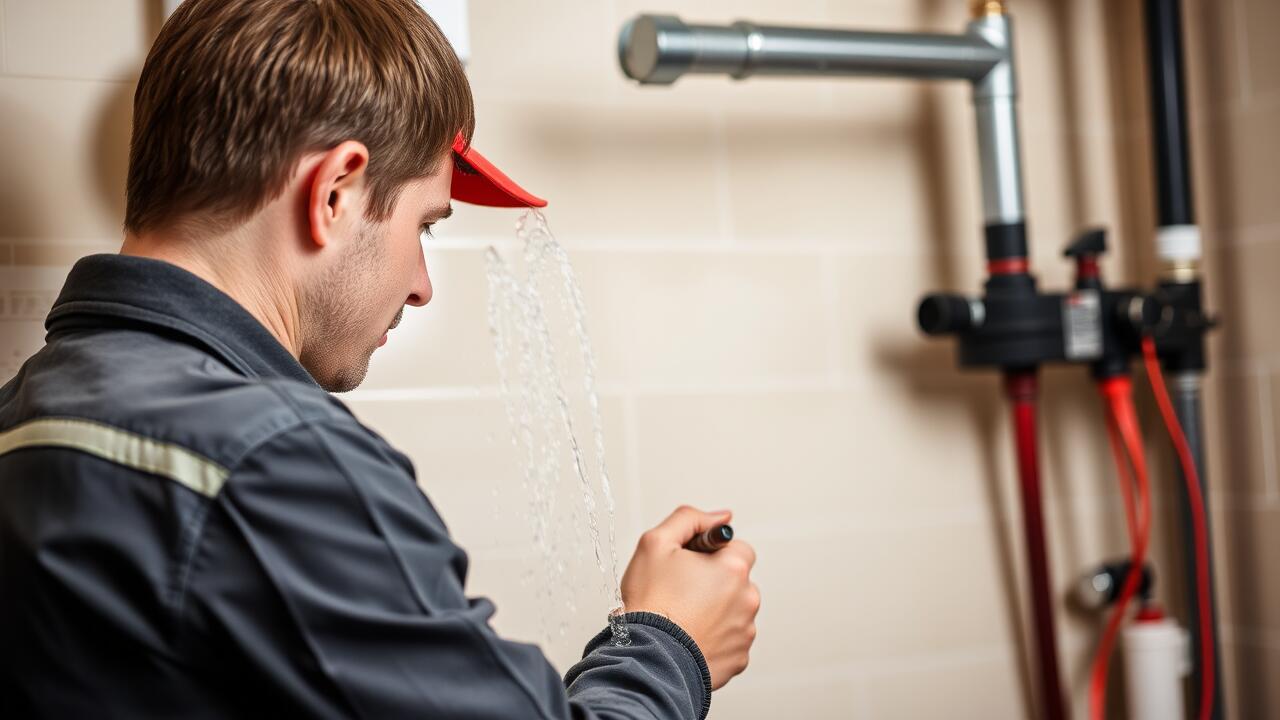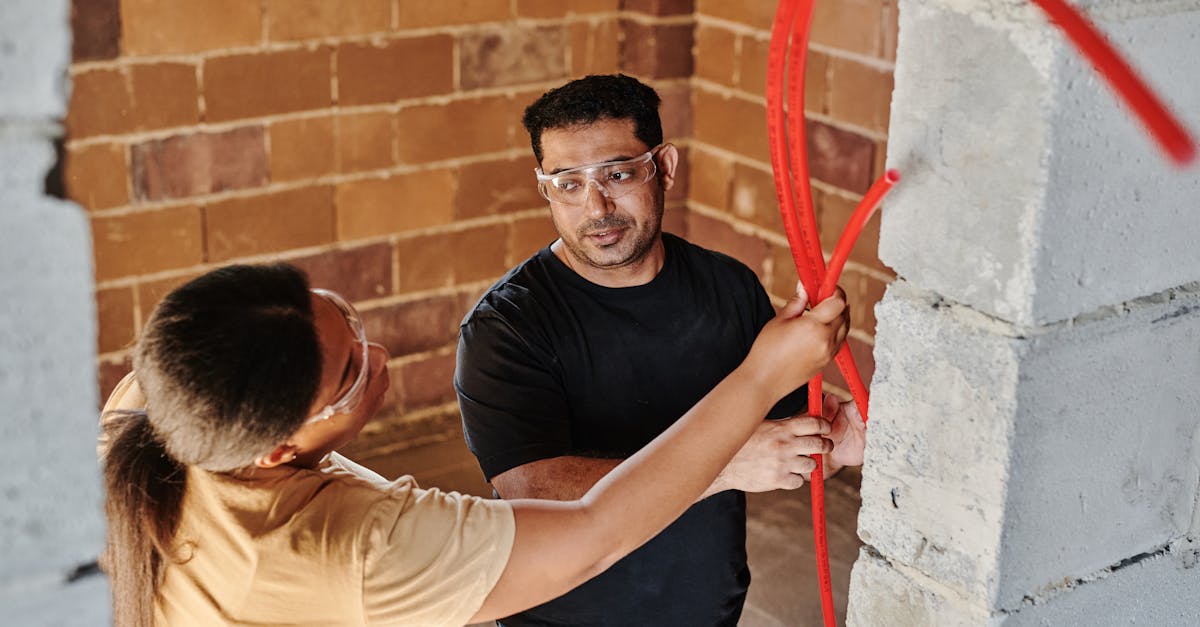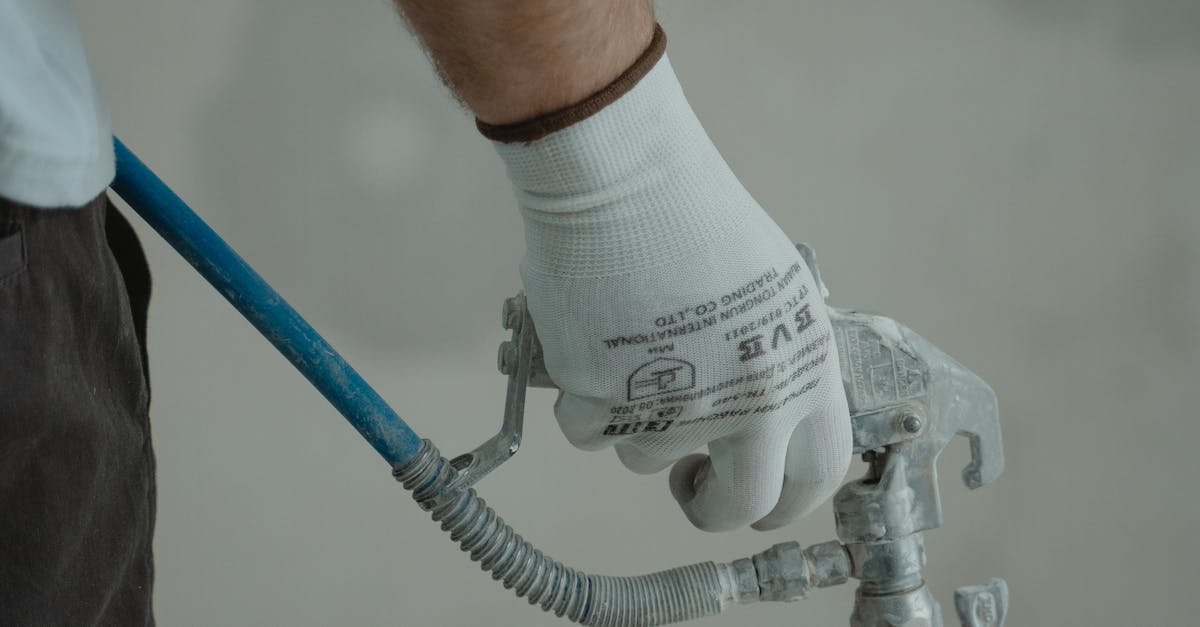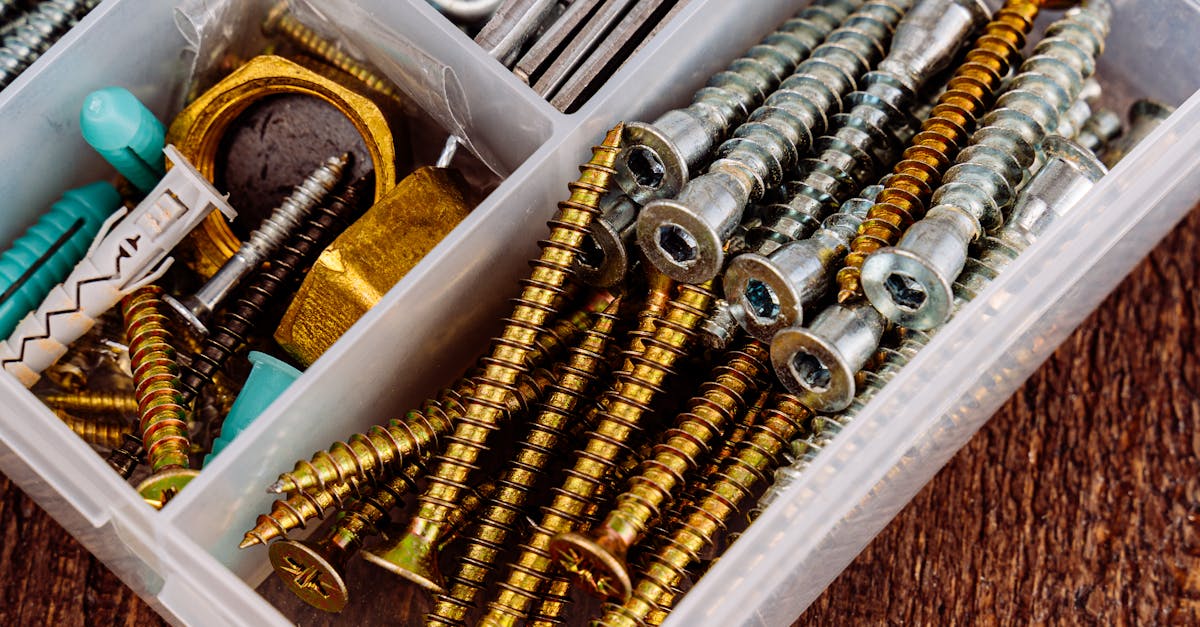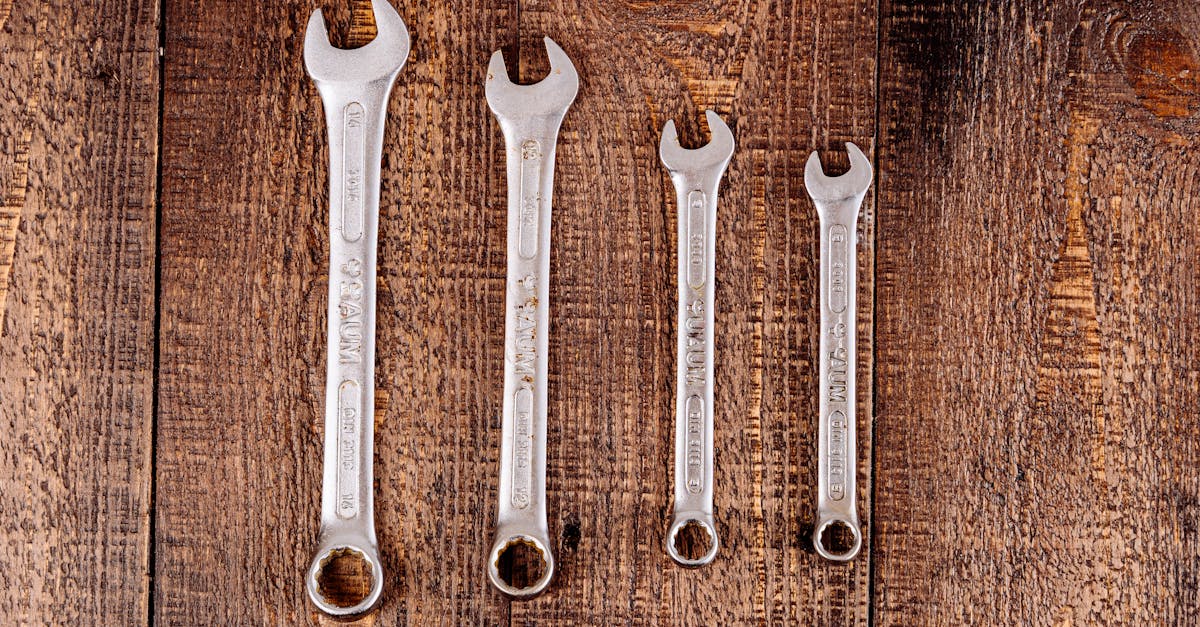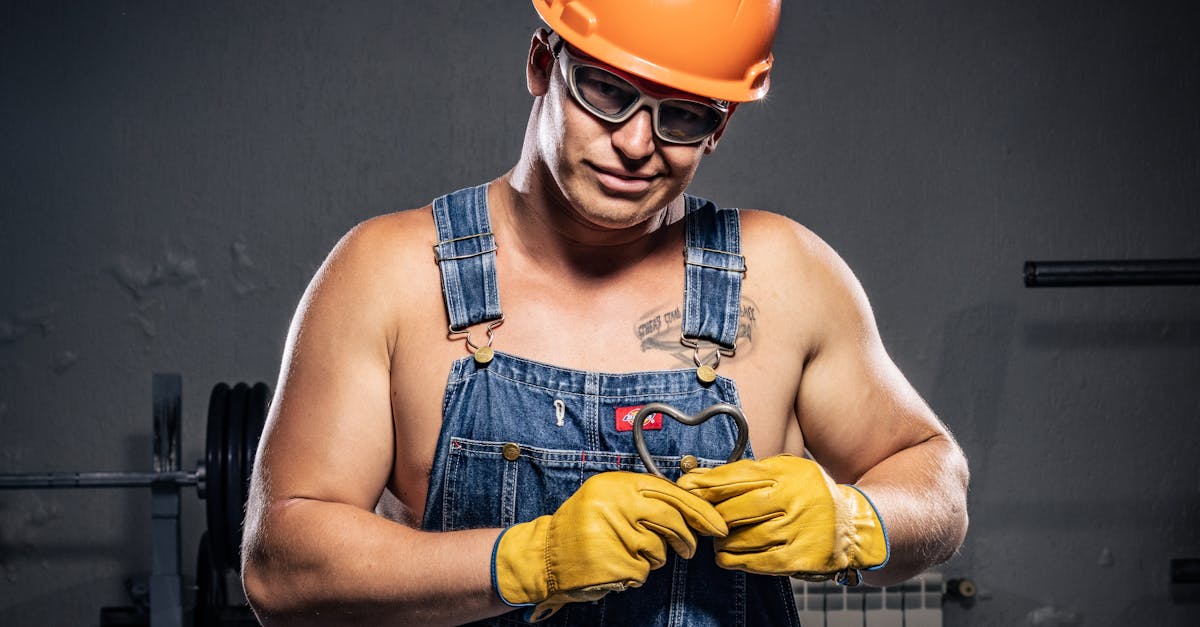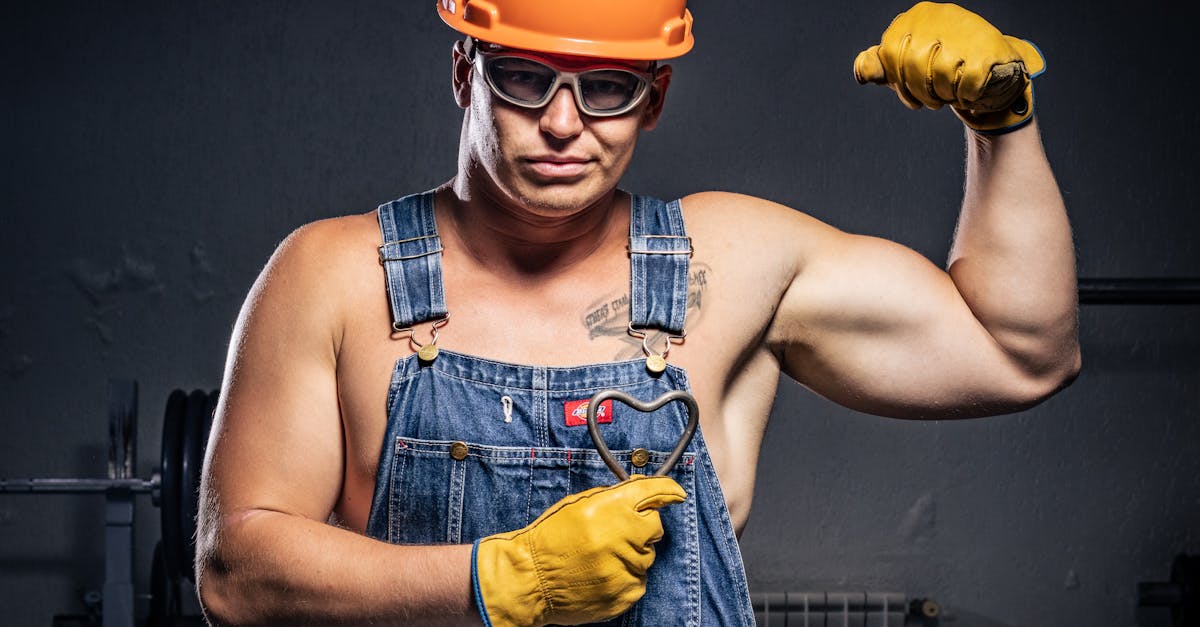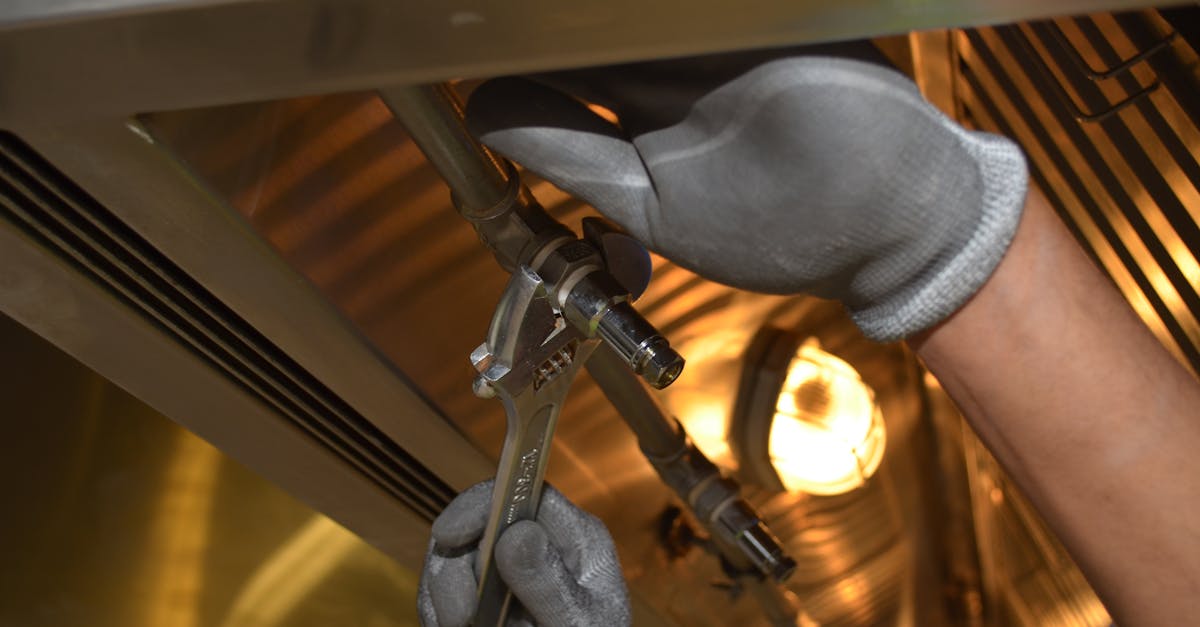
Table Of Contents
Troubleshooting Electric Hot Water Systems
When facing issues with an electric hot water system, the first step is to examine the electrical components. Check the circuit breaker or fuse associated with the system. A tripped breaker or blown fuse can disrupt power supply and prevent the water heater from functioning. If the breaker has tripped, reset it and monitor the system for any signs of recurring problems. If the issue persists, consulting a professional for hot water system repair may be necessary to ensure safe and effective handling of electrical components.
Another important aspect of troubleshooting involves inspecting the thermostat and heating elements. Over time, these components can wear out or become faulty, leading to inconsistent heating or no hot water at all. Testing the thermostat settings can often resolve temperature-related issues. In some cases, a simple adjustment can restore functionality. If the heating elements need replacement, this task is best left to a qualified technician, as it involves working with potentially hazardous electrical systems.
Resetting Circuit Breakers and Fuses
If your electric hot water system isn’t functioning properly, a trip to the circuit breaker could be the first step in diagnosing the issue. Locate your electrical panel and check for any blown fuses or tripped circuit breakers. If you notice that the breaker for your hot water system has tripped, switch it off and then back on to reset it. In some cases, multiple resets might indicate an underlying issue requiring professional attention for hot water system repair.
In addition to resetting breakers, inspect the fuses involved in your hot water system. If a fuse is blown, replace it with one of the same amperage. Electrical components can sometimes fail after prolonged use, so keeping track of the system's performance is crucial. If problems persist after attempting these resets, it might be time to consult a qualified electrician or plumber for an in-depth hot water system repair. Regular maintenance checks can also help prevent these situations from arising in the first place.
Maintaining Gas Hot Water Systems
Gas hot water systems require regular maintenance to ensure safe and efficient operation. It is essential to check for gas leaks regularly. Use a soap solution to detect any leaks around the gas connections and ensure all fittings are secure. Proper ventilation is also crucial. Make sure the area around the hot water system is free from clutter and that vents are not blocked, allowing for the proper escape of combustion gases.
If you experience issues with your system, understanding the basics can help when it comes to hot water system repair. A decline in water temperature or inconsistent heating can indicate problems within the system. Regular inspections of the burner and pilot light should be conducted to ensure everything is functioning correctly. Keeping the venting clear and managing the thermostat settings is also vital for optimal performance.
Checking for Gas Leaks and Proper Ventilation
When dealing with gas hot water systems, ensuring there are no leaks is crucial for safety. Regularly check connections, hoses, and fittings for any signs of wear or damage. Using a soapy water solution can help identify leaks; if you see bubbles forming, there’s a leak that requires immediate attention. Always prioritise safety and if any gas is detected, evacuate the area and contact a professional plumber for hot water system repair.
Proper ventilation is also essential to ensure the safe operation of gas hot water systems. These units produce combustion gases that must be expelled outside the home. Check that flues and venting systems are clear of obstructions and comply with local regulations. Adequate airflow aids the efficiency of the appliance, reducing the risk of harmful gas buildup inside the residence. Failing to maintain proper ventilation can lead to safety hazards, making consistent checks a necessity for any homeowner.
Flushing the Hot Water System
Flushing the hot water system plays a crucial role in maintaining efficiency and prolonging its lifespan. Over time, sediment and mineral build-up can accumulate in the tank, which may lead to reduced water quality and efficiency. Regularly flushing the system removes these deposits, ensuring that hot water flows freely and performs effectively. This task can typically be carried out every six months or so, depending on the hardness of your local water supply.
Before you begin, it is essential to gather the necessary tools and ensure safety precautions are in place. Turn off the power supply to your electric or gas hot water system and allow it to cool down. Connect a hose to the drain valve at the bottom of the tank, directing the water to a suitable drainage area. As you flush out the system, monitor for any signs of significant sediment build-up. In situations where the problem persists despite flushing, seeking professional assistance for hot water system repair is advisable to address any underlying issues.
StepbyStep Guide to Flushing Your Heater
Flushing your hot water heater can help remove sediment build-up, which can affect efficiency and performance. Begin by turning off the power supply to the unit. For electric systems, switch off the circuit breaker. If you have a gas system, turn the thermostat to the “off” position. Next, close the cold water supply valve located at the top of the heater. This will prevent any new water from entering the tank during the flushing process.
Attach a garden hose to the drain valve at the bottom of the tank. Make sure the other end of the hose is directed away from your home and into a suitable drainage area. Open the drain valve slowly to let out water and sediment. Keep an eye on the flow until the water runs clear. After the tank is empty, close the drain valve, remove the garden hose, and reopen the cold water supply valve. Finally, restore power or gas to the heater. Regular flushing can minimise the need for more significant hot water system repair down the line.
FAQS
What should I do if my electric hot water system is not producing hot water?
First, check the circuit breakers and fuses to ensure they haven’t tripped or blown. If they are functioning properly, you may need to reset the system or consult a professional for further diagnosis.
How can I tell if there’s a gas leak in my hot water system?
A gas leak can often be detected by a strong smell similar to rotten eggs. If you suspect a gas leak, turn off the gas supply, ensure proper ventilation, and contact a licensed gas technician immediately.
How often should I flush my hot water system?
It’s recommended to flush your hot water system at least once a year to remove sediment build-up and maintain efficiency. However, if your water supply has high mineral content, you may need to do it more frequently.
What steps are involved in flushing a hot water heater?
To flush your heater, turn off the power and water supply, attach a garden hose to the drain valve, open the valve to drain the tank, and then flush with clean water until the water runs clear. Finally, close the valve, refill the tank, and restore power.
Is it safe to attempt hot water system repairs myself?
While some basic troubleshooting can be done safely by homeowners, it is advisable to consult a qualified plumber or technician for any repairs or maintenance involving electrical or gas systems to ensure safety and compliance with regulations.
